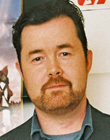|
|
This topic comprises 2 pages: 1 2
|
|
Author
|
Topic: Surround speakers -- why still visible?
|
Frank Angel
Film God

Posts: 5305
From: Brooklyn NY USA
Registered: Dec 1999
|
 posted 04-21-2006 01:36 AM
posted 04-21-2006 01:36 AM





Although this is about aesthetics rather than technical, I will pose it anyway. I have always wondered why, after all these years of a surround channel (first called an effects channel) being part an parcel of cinema sound, why are surround speakers not designed into the actual structure of the room rather than hanging them on the walls like used to be done, and probably still is in grade school and high school auditoria PA systems?
I only saw one theatre design where surrounds were incorporated as part of the auditorium design, and that was at a theatre on the St. Mary's campus in South Bend IN. It had these large intersecting circles in relief on the side walls with the speakers built in behind them. Very impressive looking; there was no hit that speakers were in there. The design units were covered each with different colored fabric which I am assuming was acoustically transparant (like china silk). Simple and seemingly easy to accomplish.
It just seems to me that after all these years, why are we still hanging surround speakers on the side walls as if they were some oversight that was installed after the room was completed? That might have been OK when theatres were first outfitted for CinemaScope and, well, the theatre was already built, so what else can you do....hang 'em up on the walls, boys. But to still be doing it that way at the very least speaks of questionable aesthetics on the part of cinema archetechs and certainly shows about as much creativity as a toilet seat.
| IP: Logged
|
|
|
|
Frank Angel
Film God

Posts: 5305
From: Brooklyn NY USA
Registered: Dec 1999
|
 posted 04-21-2006 02:08 AM
posted 04-21-2006 02:08 AM





Yes, Robert, it's a single, large auditorium; I would guess about 800 seats. And you are right, it might take up a bit more space between theatre walls, but that might actually be an opportunity for multiplexes to put in more soundproofing as the speakers, of necessity, will add a bit more space between the adjoining room. On the other hand, speakers today are not all that deep in the first place that you couldn't incorporate them righ into the structure, especially in a new build, just the same way they incorporate everything else that's essential, like ducting and conduit.
Then on the other hand, the surround sound is a function that distinguishes the theatre experience the home TV environment. Until the advent of "home theatre," surround sound was exclusively the cinema's specialty. Maybe people WANT to see speakers on the walls -- it reassures them that they are getting that unique cinema experience. I know if I go into a theatre and I don't see surround speakers, I immediately assume this is a crapola house and I am going to get royally screwed. Maybe from a marketing standpoint, it might be a negative not to have those boxes hanging in full view every three feet, even though half of them are just empty prop boxes.
Stupid public.
| IP: Logged
|
|
|
|
|
|
|
|
|
|
|
|
Paul Linfesty
Phenomenal Film Handler
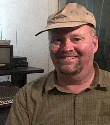
Posts: 1383
From: Bakersfield, CA, USA
Registered: Nov 1999
|
 posted 04-21-2006 01:11 PM
posted 04-21-2006 01:11 PM




In Bakersfield, the Fox Theatre's surround speakers were flush mounted into the side walls of the auditorium way back since 1953. They had the advantage of adding sheer walls in front of the old walls during a remodel a few months before CinemaScope was installed. A number of older theatres used this same speaker technique, with a number of 50's locations in the ceiling (in L.A., these ceiling speakers can still be spotted at the Bruin, NuWilshire, Fine Arts, Vogue, as well as newer theatres such as the National). I've noticed them at other 60's era theatres as well (Bakersfield's Valley Plaza Cinema, Ziegfeld, NYC, SF's Northpoint, GCC Southland, Hayward, as well as others. Of course, all of these theatres have used side speakers for years.
The GCC Avco in Westwood had them origiannaly conceiled in angled flaps that hung from where the ceiling met the wall in addition to some spread through the ceiling. The Chinese originaly had very ornate fixtures that hid the speakers, although these have since been removed. The Village also had them "hidden" behind wooden designs that fit between the pillars/posts on the side walls. These were also removed in the 90's.
| IP: Logged
|
|
|
|
|
|
|
|
|
|
|
|
|
|
|
|
All times are Central (GMT -6:00)
|
This topic comprises 2 pages: 1 2
|
Powered by Infopop Corporation
UBB.classicTM
6.3.1.2
The Film-Tech Forums are designed for various members related to the cinema industry to express their opinions, viewpoints and testimonials on various products, services and events based upon speculation, personal knowledge and factual information through use, therefore all views represented here allow no liability upon the publishers of this web site and the owners of said views assume no liability for any ill will resulting from these postings. The posts made here are for educational as well as entertainment purposes and as such anyone viewing this portion of the website must accept these views as statements of the author of that opinion
and agrees to release the authors from any and all liability.
|

 Home
Home
 Products
Products
 Store
Store
 Forum
Forum
 Warehouse
Warehouse
 Contact Us
Contact Us




 Printer-friendly view of this topic
Printer-friendly view of this topic






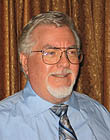
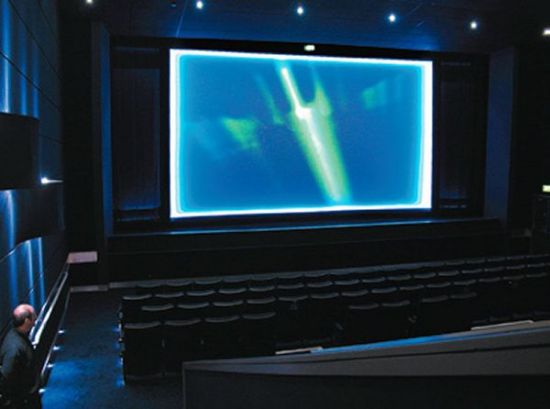


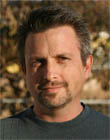

![[Roll Eyes]](rolleyes.gif)


